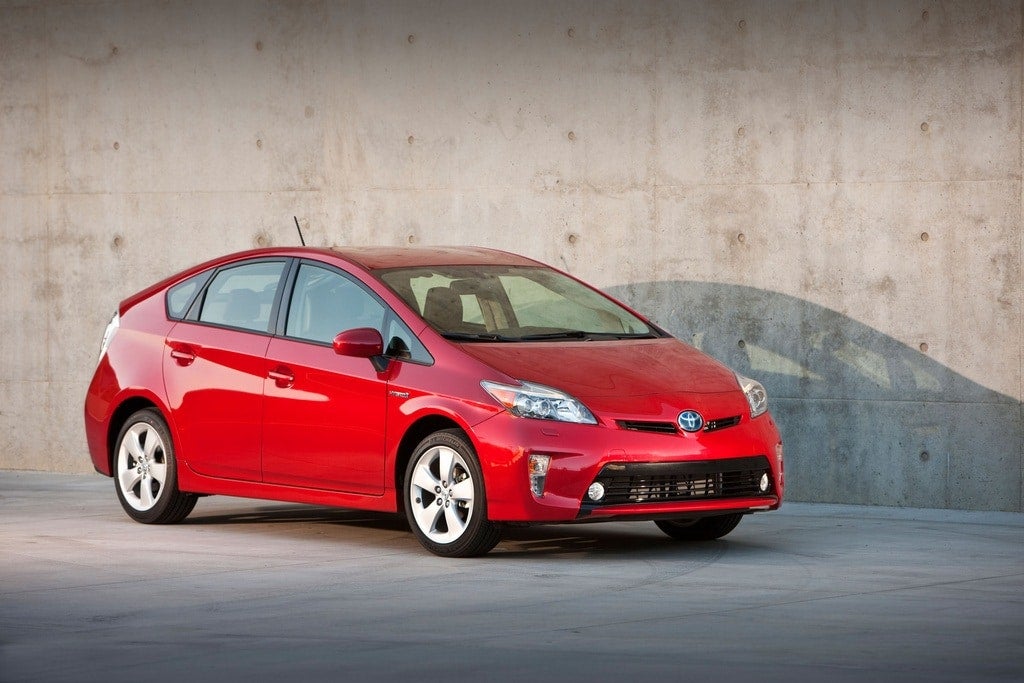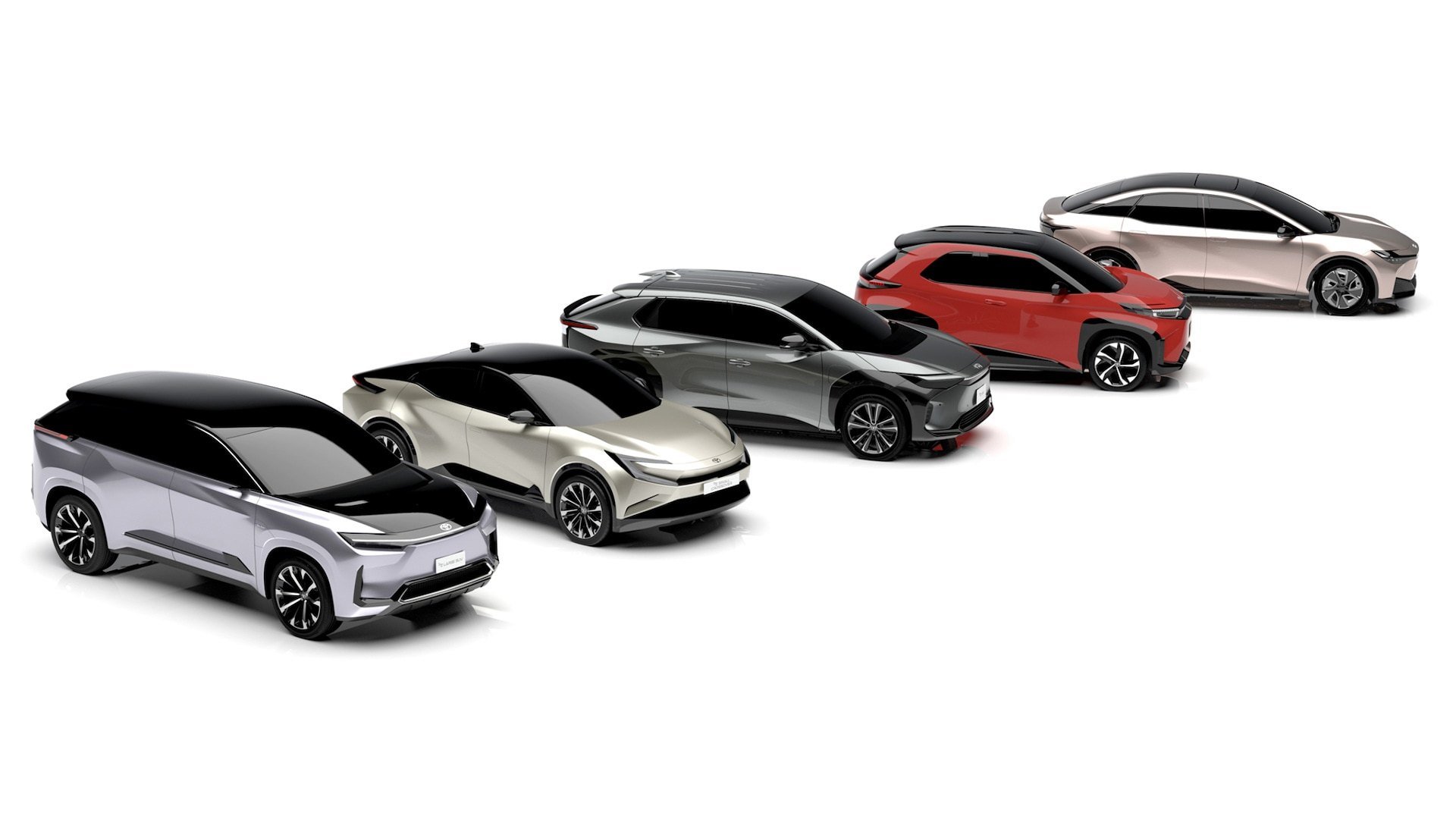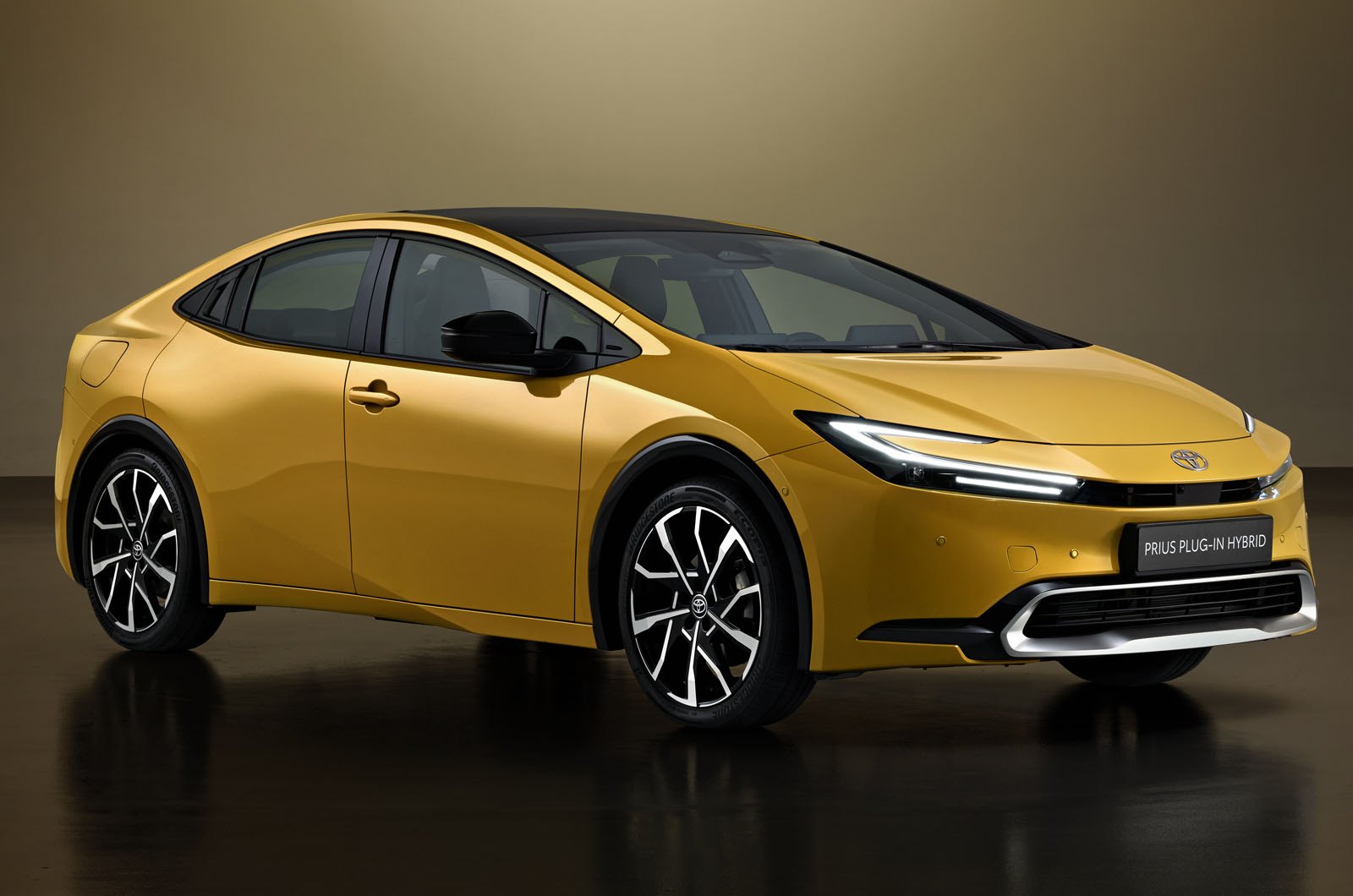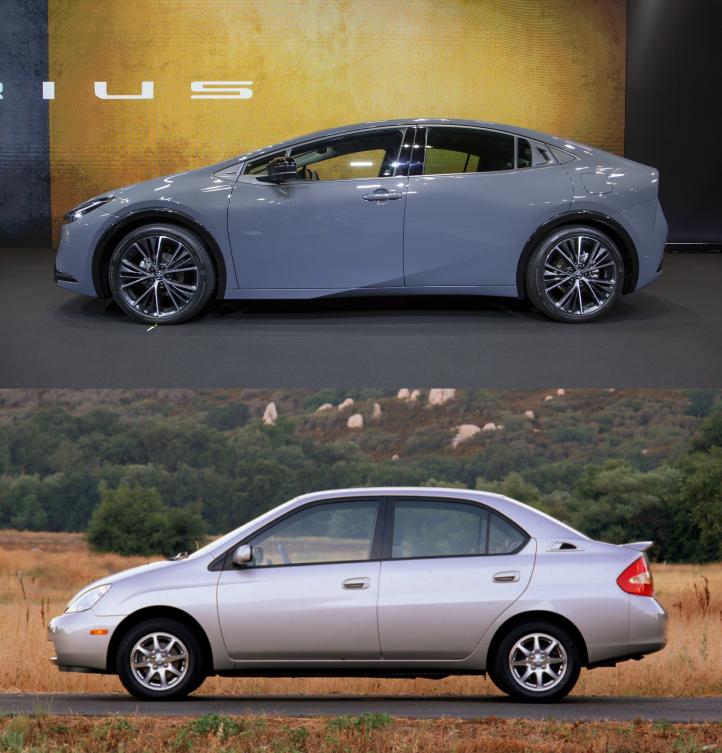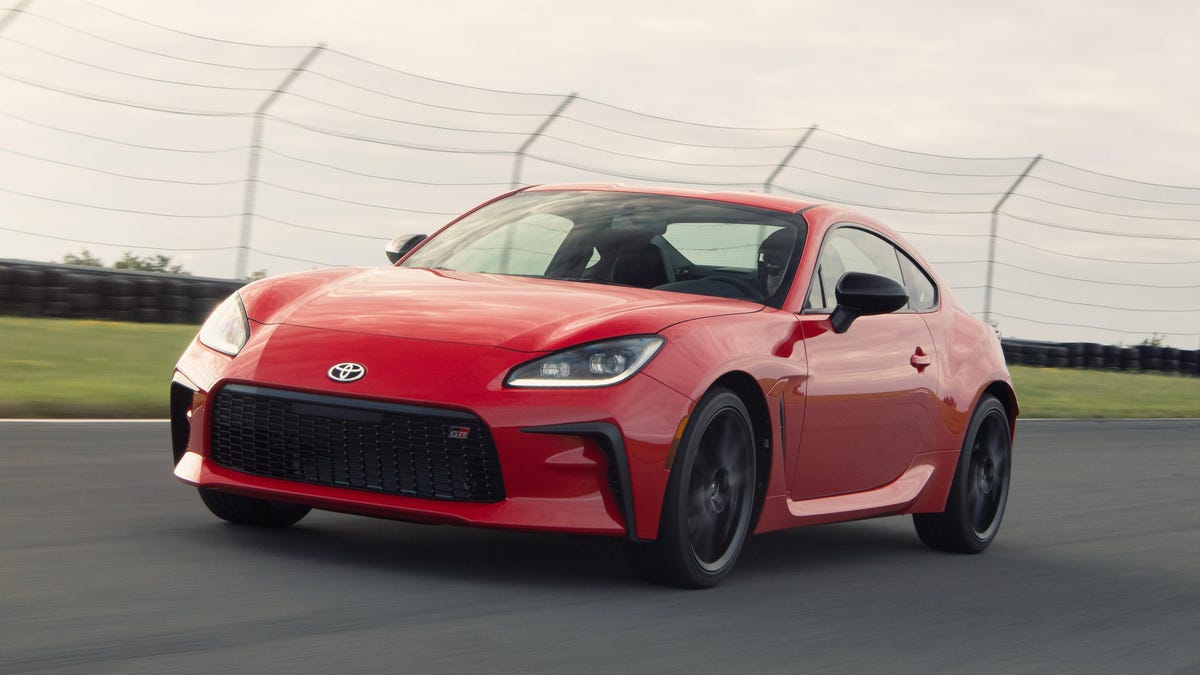- 15,448

- TRAPPIST-1g
- ProjectWHaT
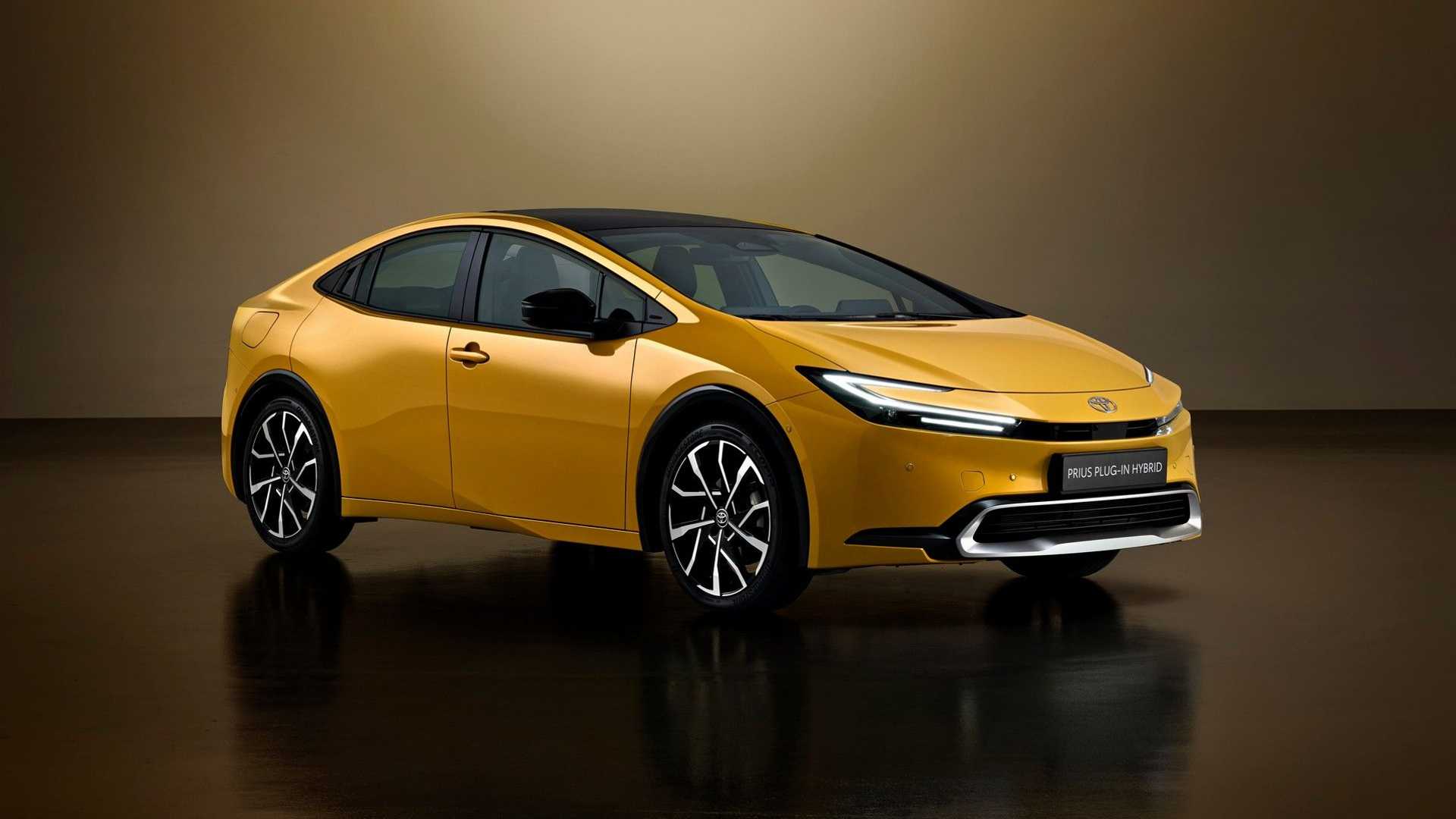
2023 Toyota Prius Debuts In Europe As PHEV With 220 HP
The fifth-generation Toyota Prius debuts in Europe several hours before the new model premieres in the United States.
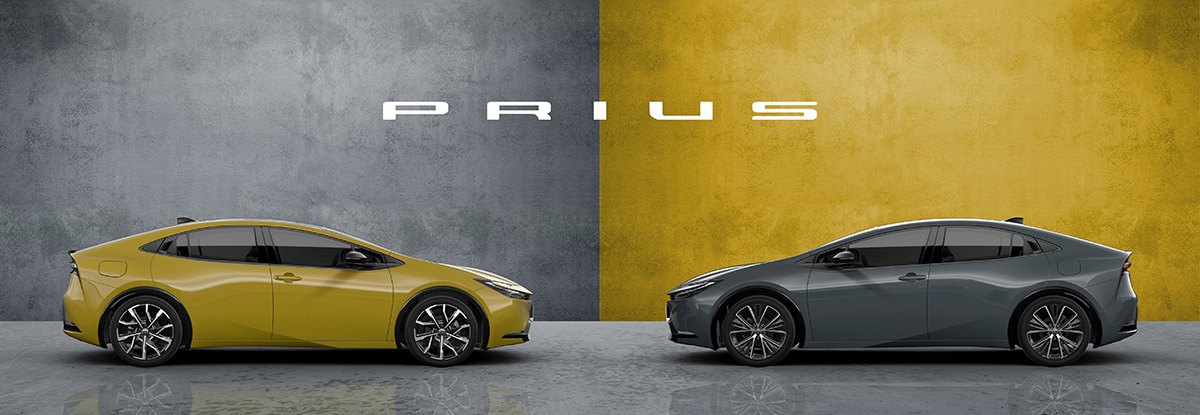
World Premiere of All-New Prius in Japan | Toyota | Global Newsroom | Toyota Motor Corporation Official Global Website
Toyota has unveiled the all-new Prius for the first time globally, with Series Parallel Hybrid (HEV) models to launch in winter this year and Plug-in Hybrid (PHEV) models to launch in spring 2023.
Toyota has unveiled the all-new Prius for the first time globally, with Series Parallel Hybrid (HEV) models to launch in winter this year and Plug-in Hybrid (PHEV) models to launch in spring 2023.
2.0-liter Plug-in Hybrid System
The new Prius comes with Toyota's first 2.0-liter Plug-in Hybrid System to deliver acceleration and quietness that are dramatically improved from the previous model. The combination of a high-efficiency Dynamic Force Engine and lithium-ion batteries for high output drive achieve maximum system output*4 of as much as 164 kW (223 PS) while maintaining the same level of fuel efficiency*4 as the previous model. This version has outstanding dynamic performance with the powerful acceleration of a PHEV, achieving 0-100 km/h in 6.7 seconds*4.
EV driving range is about 50% higher than the previous model. This means that, with improved battery performance, the new Prius can operate on EV mode alone for most daily drives.
With the PHEV, the battery pack is located under the rear seat instead of in the cargo area, giving the new Prius a lower center of gravity and increased cargo capacity.
2.0-liter / 1.8-liter Series Parallel Hybrid System
This version of the new Prius employs the latest Series Parallel Hybrid System. It offers satisfying acceleration and responsive driving in a car that reacts as expected while maintaining the same level of fuel efficiency*4 as the previous model. Maximum system output is 144 kW (193 PS)*4 for the 2.0-liter version, which is 1.6 times higher*5 than the previous model, achieving an appropriate dynamic performance for the sporty new Prius.



